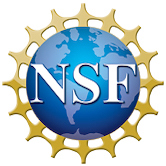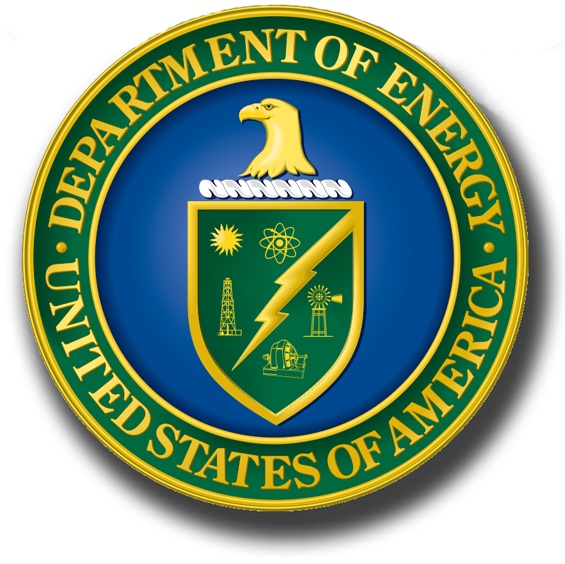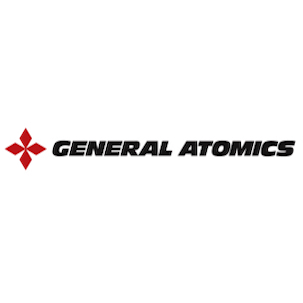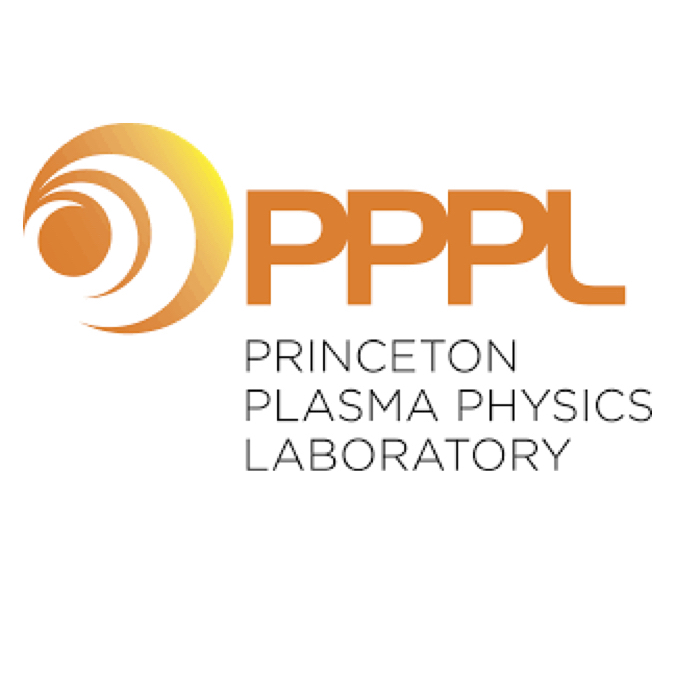Optimization Strategies for Model-based Scenario Planning in Tokamaks Based on Different Types of Equilibrium Solvers
E. Schuster, B. Leard, T. Rafiq
50th European Physical Society (EPS) Conference on Plasma Physics (CPP)
Salamanca, Spain, July 8-12, 2024
Model-based optimization approaches to scenario planning, as proposed in [1], have been
proven effective without requiring the level of resources needed in “human-in-the-loop”
experimental or numerical approaches, where the actuator trajectory waveforms are determined
through a substantial number of trial-and-error attempts. Not only does this more systematic
approach via model-based optimization provide a truly optimized result, but also automates the
process, saving many hours of work. Model-based scenario optimization has been enabled by
the development of fast predictive transport codes such as COTSIM (Control-Oriented
Transport SIMulator) since the optimizer must repetitively call the prediction code during the
optimization process. The modular configuration of COTSIM makes adding or removing
physics complexity as needed extremely simple. It can be configured to run by choosing
transport and source models from a library of models ranging from empirical scalings, semi-
empirical analytical models, and machine-learning-based models. COTSIM is based on
Matlab/Simulink®, which makes it control-design friendly and capable of both running closed-
loop simulations and being wrapped by an external optimizer. The Multi-Mode Module
(MMM), a physics-based model designed for multi-species, multi-fluid, and multi-mode
anomalous transport calculations in tokamak discharge, is a distinctive feature of COTSIM.
Machine-learning surrogate models recently developed for transport and sources are leveraged
to solve the trade-off between high prediction accuracy (needed to make the optimization useful)
and low computational cost (needed to make the optimization tractable). The transport solver
in COTSIM has been recently coupled with both fixed-boundary and free-boundary equilibrium
solvers. Different whole-device time-evolving optimization strategies are discussed in this work
as a function of the type (fixed-boundary vs. free-boundary) and the operation mode (direct vs.
indirect) of the equilibrium solver. Demonstration of these approaches is focused on NSTX-U.
[1] Y. Ou, C. Xu, E. Schuster et al., Plasma Phys. Control., 50 (2008) 115001.
[2] T. Rafiq et al., Phys. Plasmas 20, 032506 (2013).
*Supported by the U.S. DoE under DE-SC0010661, DE-SC0010537, and DE-SC0021385.







